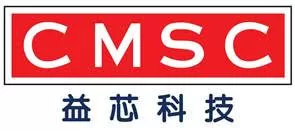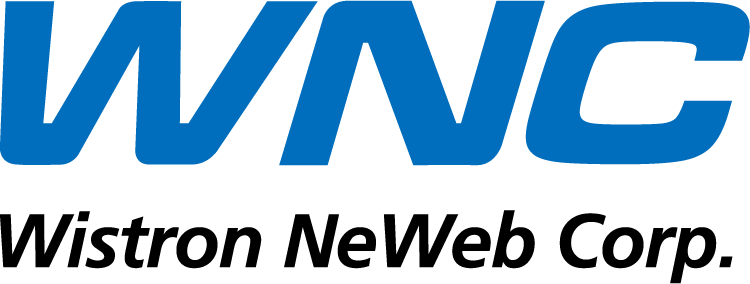Dr. Vo Duc Thang
College of Engineering, National Taiwan University of Science and Technology, Taipei, Taiwan
Email: dtvo@mail.ntust.edu.tw; vdthangbk@gmail.com
Abstract
Chitosan, a derivative of chitin, has been receiving the attention of many researchers. Besides the natural properties of chitosan, derivatives based on modification of functional groups are also being emphasized. Through chemical reactions, amino functional groups (-NH2) and hydroxyl (-OH) can be converted to synthesize hydrophobically modified chitosan (HMCS) and carboxymethyl chitosan (CMCS). We have modified the structure of chitosan and studied its applications in capturing bacteria, separating bacteria on sponge HMCS or attaching HMCS on magnetic iron nanoparticles, the antibacterial ability of HMCS coated surfaces and The adsorption capacity of methyl orange on HMCS sponges was also investigated. In addition, CMCS has been attached to the ferromagnetic surface to synthesize nano silver and apply in antibacterial.
Keywords: chitosan, hydrophobically modified chitosan, carboxymethyl chitosan, antibacterial activity
Chitin is a natural polysaccharide found in the shells of shrimp, crabs, crabs, etc. Chitosan (CS) is a derivative obtained after the process of removing the acetyl functional group from the structure of chitin (deacetylation). Chitosan has been receiving research attention from many scientists, as well as being used quite a lot in practical applications. However, chitosan is poorly soluble in water, leading to some limitations in application. Many studies have conducted structural modifications of chitosan to improve and increase the applicability of this biopolymer.
We modified the hydroxyl (-OH) and amino (-NH2) to prepare two hydrophobically modified chitosan (HMCS) and carboxymethyl chitosan (CMCS) derivatives used in applications of bacteria capture, bacteria separation, antibacterial, and environmental treatment.
HMCS was prepared through Shiff base reaction, alkyl chains with 12 carbons were attached to amino groups in the structure of chitosan. The hydrophobic tails act as swords that insert into the cell membrane structure and anchor the bacteria, then destroy the cell membrane and kill the bacteria through direct interactions. In addition, when dissolving HMCS in an acidic environment, the alkyl chains interact strongly with hydrophobicity, leading to a significant increase in viscosity compared to chitosan solution. After strong stirring, the air is evenly dispersed in the HMCS solution to form a durable foam system. Through the freeze drying process, HMCS foam transforms into a sponge structure with high porosity.

1. Hydrophobically Modified Chitosan Grafted Magnetic Nanoparticles for Bacteria Removal: Industrial & Engineering Chemistry Research, 2015, 54(38), 9270-9277.
In the first study, we attached HMCS to the surface of magnetic iron nanoparticles and applied it to separate bacteria in water. The hydrophobic tails insert into the cell membrane and anchor the bacteria. Then, we used magnets to recover the iron nanoparticles and bacterial cells that were also separated from the water.

2. Cells capture and antimicrobial effect of hydrophobically modified chitosan coating on Escherichia coli: Carbohydrate polymers, 2017, 164, 109-117
Then, we used HMCS solution to coat the glass surface and study its ability to catch bacteria and fight bacteria. Surfaces coated with HMCS clearly show the ability to interact, anchor and kill bacterial cells due to the interaction effect of hydrophobic tails on the surface.

3a. Antimicrobial sponge prepared by hydrophobically modified chitosan for bacteria removal: Carbohydrate polymers, 2018, 187, 1-7
3b. Hydrophobically modified chitosan sponge preparation and its application for anionic dye removal: Journal of environmental chemical engineering, 2017, 5(6), 5688-5694.
Additionally, HMCS sponges were used to study the ability to separate bacteria and anionic dyes in water.


In another research direction, CMCS is prepared through converting hydroxyl groups (-OH) into carboxyl groups (– COOH). Due to the interaction between carboxyl and amino groups, CMCS can be easily dissolved in water over a wide pH range, improving applicability and enhancing antibacterial ability. The interactions give rise to positive charges of –NH3+ and the sound of –COO–. In this study, we attached CMCS chains to the surface of ferromagnetic nanoparticles (MNPs@CMCS). Silver ions in the form of complexes, [Ag(NH3)2]+, was added to the solution with MNPs@CMCS particles. Based on electrostatic interactions, silver ions are dispersed and anchored in the network of CMCS. Then, the silver ions were reduced to produce silver nanoparticles dispersed on the surface of CMCS-embedded ferromagnetic nanoparticles. The antibacterial ability has been significantly improved based on the combination of CMCS and silver nanoparticles. Furthermore, magnetic iron particles can be delivered to places where antibacterial is needed such as biofilm using magnets or recovered and reused after adding nano silver.
4. Silver deposited carboxymethyl chitosan-grafted magnetic nanoparticles as dual action deliverable antimicrobial materials: Materials Science and Engineering: C, 2017, 73, 544-551.
In the above studies, we prepared chitosan derivatives and studied the properties and applications to open up more potential uses for this biopolymer. Research on chitosan and chitosan derivatives is still a topic of great interest among scientists. We also hope these studies will be put to use in the near future.

More information about the author:
Dr. Vo Duc Thang






